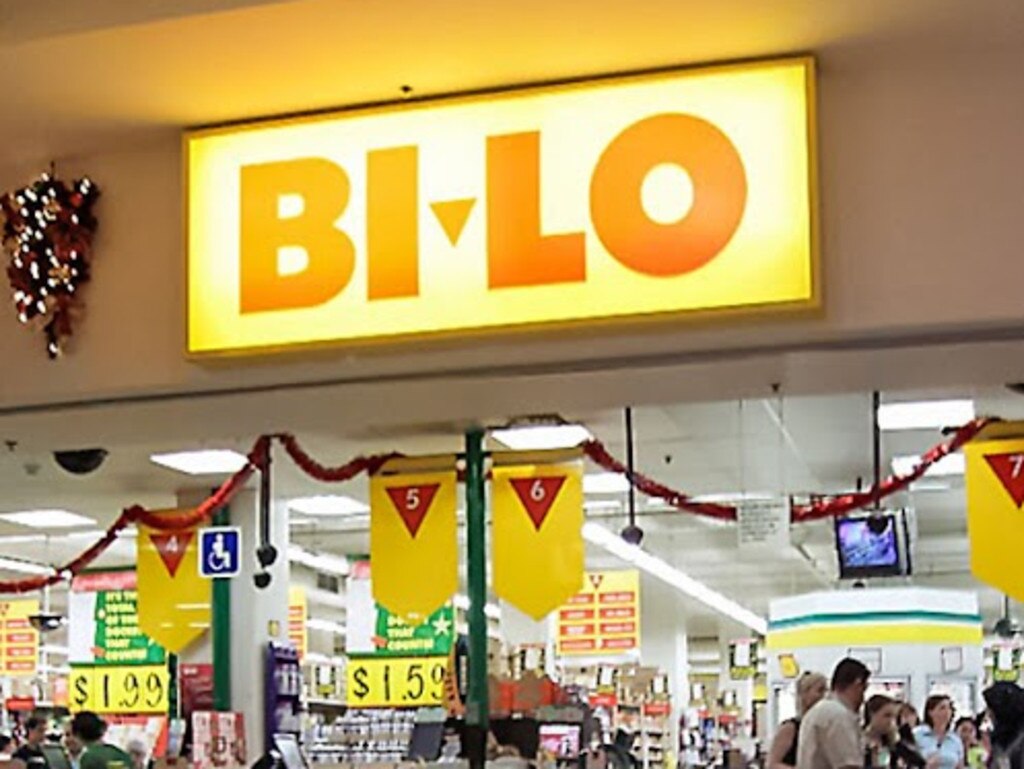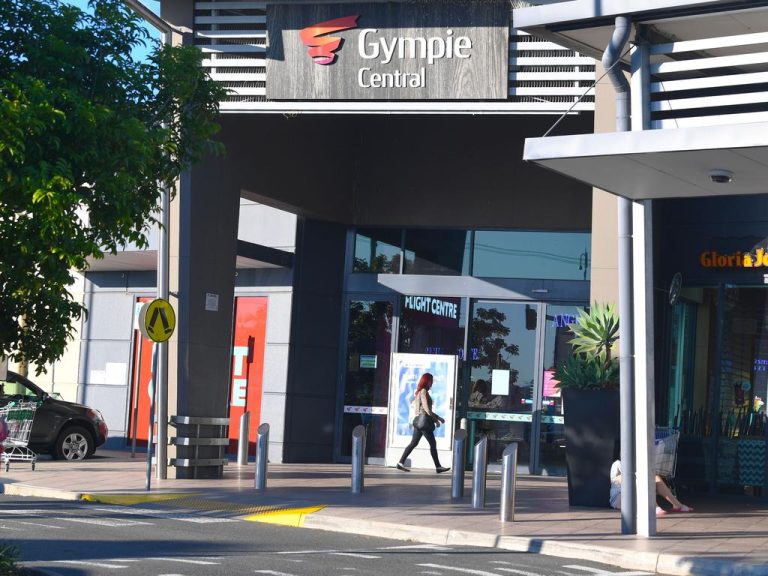Bi-Lo supermarket: How Coles killed off Australia’s budget grocery chain

What happened to the Bi-Lo supermarket?
Coles and Woolworths solidified their grip on Australian supermarket prices by killing off Australia’s beloved budget friendly supermarkets.
Bi-Lo, the cheap and cheerful supermarket hero Aussie households loved, was quietly removed from the retail map without notice.
The budget supermarket with its bright yellow and red signage was known for its super low prices where Australian families could fill a trolley with ease on their household budget.
Bi-Lo began in South Australia in 1979, founded by John, Peter and David Weeks.
The affordable prices was written into their name – ‘buy low’ – and was a popular choice for families looking to save on their groceries.
However that all changed in 1987 when Coles Myer acquired Bi-Lo from the Weeks family and slowly began to rebrand the budget supermarket.

Bi-Lo became a national supermarket chain from 1979. Picture: Supplied
MORE: Sad real reason for Aus Franklins’ demise
Inside abandoned Aussie cinema that time forgot
Shock reason Costco, Aldi reject big Aus city
In 1994, Bi-Lo also gained a competitor in the market, Franklins. But by 2002, Bi-Lo had won over its competitor by taking over 15 Franklins’ stores and releasing a new slogan ‘Why pay more?’.
Reports show both Franklins and Bi-Lo had messed with their ‘no frills policy’ by the late 90s in attempts to go up-market.
Just as Franklins began to die off, ALDI swept in from Europe and came to Australian stores, bringing another budget supermarket to the game.
Yet from 2006 onwards, controversially slowly the Bi-Lo empire began to turn into Coles across the country – despite reports showing Bi-Lo was still a profitable brand.
The rebrand for Coles to change all Bi-Lo stores over to Coles cost a reported $132 million, according to the Australian Financial Review.
Coles chose to stamp out the competition, even the ones under their own umbrella, outweighing the need to have a budget competitor in the market, leaving ALDI and Costco to take that part of the market by storm.

Bil-Lo supermarkets were taken over by Coles.
MORE:$8m blow out in Bunnings sell-off war
By 2007, reports show about 129 stores had bee converted yet were doing poorly and by the end of 2017, the final store Loganholme was no longer.
ALDI arrived in 2001, offering another low-budget option for Australian households.
By late 2010s, prices began to inch up even when supply chain prices weren’t.
The market share and power Coles and Woolworths has over the supermarkets in Australia has contributed to price gouging and huge spikes in inflation as even the Australian Competition and Consumer Commission (ACCC) stepped up to investigate the two heavyweight supermarket chains.
Despite rising prices putting extensive pressure on Australian households, the ACCC found there was no issue with businesses making a profit.
Coles and Woolworths were also found to be among the most profitable supermarkets not only in Australia, but the world, competing alongside global giants Walmart, Tesco and Sainsbury’s.
MORE: 650 stores shut: Big Aus brand collapses







